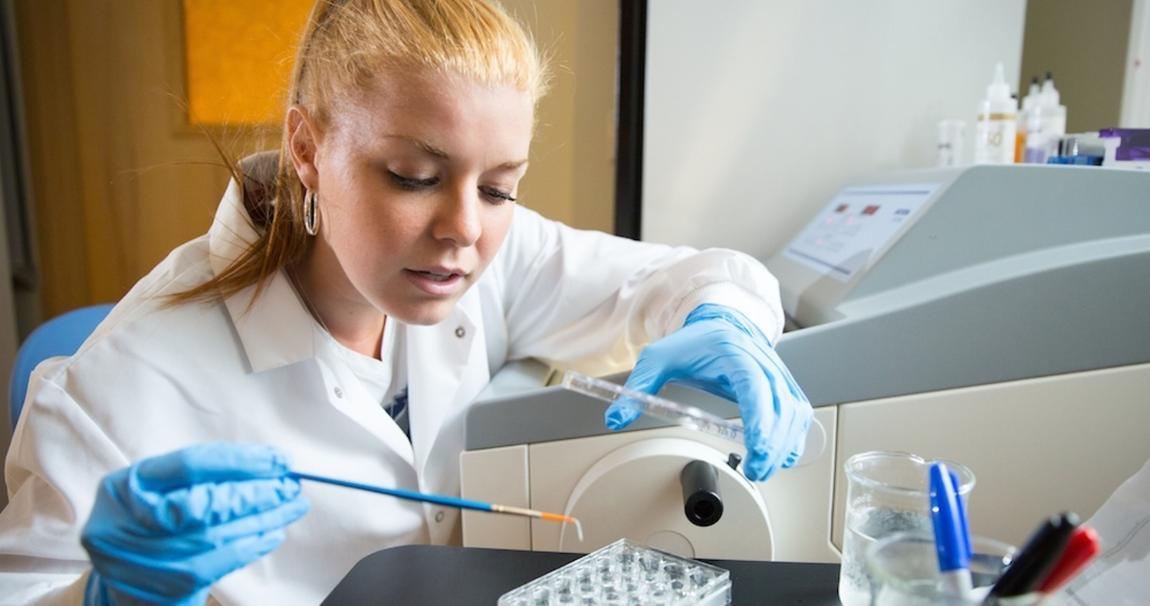

Teresa Fruchterman ’18 sat watching a video of an experiment that had just concluded, knowing what she was about to see: a mother rat ignoring a group of pups.
Only that’s not what she saw.
"On paper, some of the rats looked like terrible mothers," she said. "They didn’t retrieve any of the pups, and so I expected them to protect themselves or lie down and sleep, but I what I saw told a different story."
The filmed experiments, which test how mother rats behave when they are put in a cage with a mixture of their own pups and another mother’s pups, were happening in another room. When put into a strange environment, most rats protect their young by quickly building a nest and removing them from danger. Fruchterman re-creates this atmosphere by putting the mother in a new cage and introducing the rats in a glass dish. Typically, mother rats will grab the pups from the dish and take them to the new nest and out of harm’s way.
In order to control environmental stimuli, no researchers were in the room while the experiment was ongoing, so the only data that was immediately available was how many pups were still in the dish at the end of the experiment.
But that didn’t tell the whole story.
"Most of the mothers who didn’t retrieve their pups exhibited other mothering behaviors like grooming or letting the pups nurse while they were in the dish, which made me think differently about the whole project," said Fruchterman, a biology major from Annandale. "There was something more subtle and complicated going on than good mom vs. bad mom. Now I’m working on figuring out what that is."
For Fruchterman, who is working this summer with biology professor Dr. Adam Franssen on an eight-week PRISM research initiative, this summer’s project is a continuation of what she has done for two years as a biology student.
"What’s really interesting about research like this is everything you do opens up the door to other questions," she said. "I started a few years ago working on similar projects with Dr. Franssen, and I’m seeing the connections between that work and what I’m doing now."
Sometimes those doors are opened externally. At a conference this spring in South Carolina, a researcher asked Fruchterman if she looked at oxytocin levels and the presence of a certain gene—FosB—in mother rats, which may hold a key to their behavior. Franssen, Fruchterman and fellow research partner Keaton Unroe ’17 had planned to retrieve data on estrogen levels and FosB, but hadn’t planned on oxytocin.
"That’s why we go to conferences," she said. "That one question opened up another possibility that I hadn’t been thinking about. But now we’re gathering a lot of data and starting to see a clearer picture of what’s going on."
As Fruchterman analyzes more data over the next several weeks, she hopes to put together the underpinnings of an academic paper she and Franssen will submit to a biology journal. "But once it’s published," she said, laughing, "it’ll probably just open up a thousand more questions to be answered."
